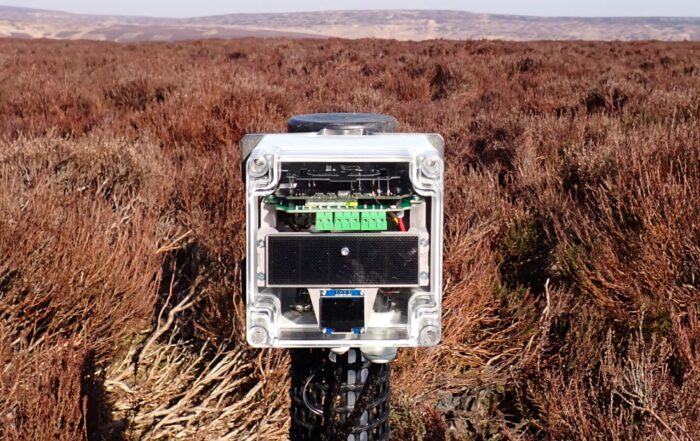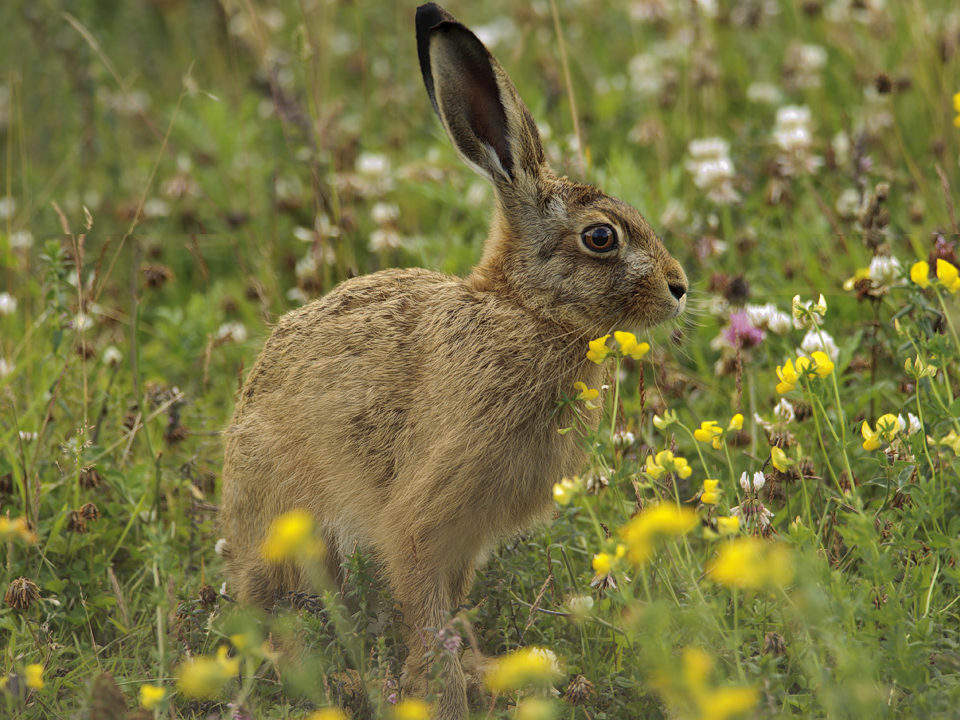What we do
Peatland restoration
Our peatland programme aims to conserve and enhance the internationally important peatland within the North Pennines and to promote peatland conservation at local, national and international levels. It began in 2006 as a three-year project and is now a programme with multiple funding streams. The North Pennines National Landscape team has so far restored an area of peatland which is more than four times the size of Newcastle.
The programme has four main objectives:
Restoration: to restore as much damaged peatland as possible.
Research: to understand the science and have the evidence needed to restore peatlands to the best possible standard and in the most effective and efficient way.
Celebration: to celebrate and increase awareness of the importance of the peatlands in the North Pennines.
Promoting best practice: through sharing knowledge, experience, ideas and techniques, helping us achieve the best results for peatland restoration.
What is peat and why is it important?
Peat is an organic material which forms when plants do not decompose completely due to the wet conditions. There are around 900 square kilometres of peat in the North Pennines and most of this is blanket bog, a unique type of peatland habitat, found only in cool, wet regions of the world. 27% of England’s blanket bog can be found in the North Pennines. These peatlands are important because they:
- are a significant store of carbon, with implications for climate change;
- are an internationally designated habitat for wildlife;
- play an important role in maintaining drinking water quality;
- have a role in flood control;
- contain a record of the historic environment since the last ice age; and
- support local employment through farming, shooting, tourism and conservation.
News and blogs
Young people find out why restoring bogs is vital for people and the planet
School pupils find out why our peatland restoration work is important.
European Conservation Finance Boot Camp
Exploring green finance for conservation
North Pennines National Landscape team installs groundbreaking plant-powered devices
Plant-powered devices installed on North Pennines peatland
The team completes their biggest ever peatland survey
The largest North Pennines peatland survey is complete
Construction companies collaborate to restore peatland in the North Pennines
Support from the private sector for peatland restoration
Festival co-founders purchase 2000 plants to restore peatland
Festival co-founders support peatland restoration

















